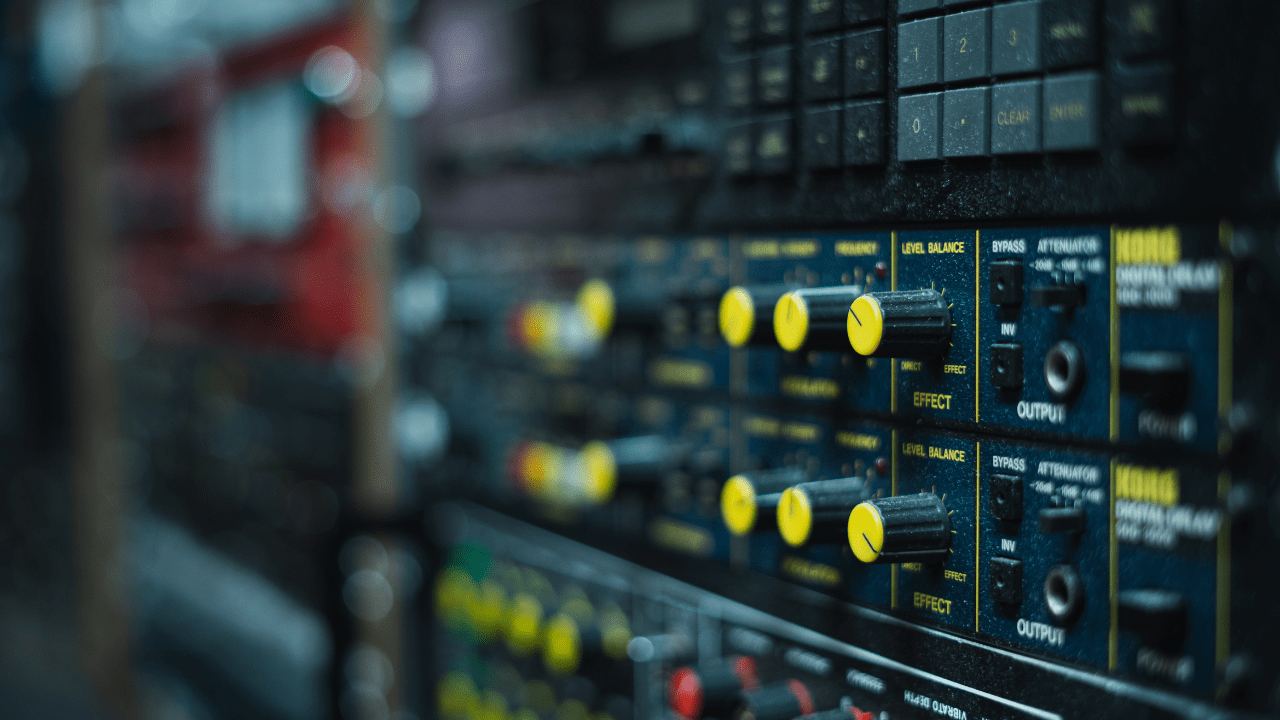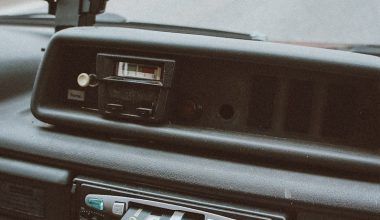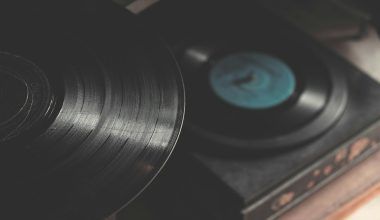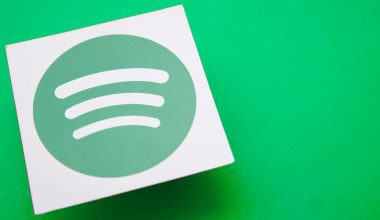Dreaming of becoming a DJ? Whether you want to rock the clubs, perform at festivals, or simply entertain friends, learning how to play DJ is an exciting journey. DJing combines technical skills, creativity, and a passion for music. But where do you start?
In this comprehensive guide, we’ll cover everything you need to know about how to play DJ. From understanding equipment to learning techniques and mastering your craft, this guide will walk you through every step. Whether you’re a beginner or looking to refine your skills, this blog has you covered.
What Does It Mean to Play DJ?
Playing DJ is about more than pressing play. It’s the art of mixing music, controlling energy, and creating an unforgettable experience for your audience. DJs act as curators, blending tracks seamlessly to maintain a flow that keeps people engaged.
Key Aspects of DJing
- Song Selection: Choosing tracks that suit the vibe and audience.
- Beatmatching: Aligning beats of two tracks to create smooth transitions.
- EQ and Effects: Using equalizers and sound effects to enhance the mix.
- Performance: Engaging the crowd with your presence and energy.
Mastering these skills is crucial when learning how to play DJ.
Getting Started: Essential DJ Equipment
Before diving into techniques, you need to understand the tools of the trade. Here’s what you’ll need:
1. DJ Controller
A DJ controller is an all-in-one device that connects to your laptop. It lets you mix tracks using physical controls. Popular brands include Pioneer, Numark, and Denon.
2. DJ Software
Software like Serato DJ, Rekordbox, or Traktor allows you to organize, play, and manipulate your music. Choose one that suits your style and budget.
3. Headphones
Good headphones help you hear tracks clearly while beatmatching. Look for models with strong sound isolation.
4. Speakers
Invest in quality speakers to practice at home or perform at small events.
5. Music Library
Build a collection of tracks that match your preferred genre and audience. You can source music from streaming services, digital stores, or your personal library.
Having the right equipment is the first step to mastering how to play DJ.
Learning the Basics of DJing
Now that you have your equipment, it’s time to learn the basics.
1. Understanding Beats and Tempo
DJs work with beats per minute (BPM) to align tracks. Understanding tempo is crucial for smooth transitions.
2. Beatmatching
Beatmatching involves syncing the BPM of two tracks to create a seamless mix. Practice using your controller and headphones to match beats manually.
3. Crossfading
The crossfader on your controller allows you to transition between tracks. Experiment with different fade speeds to find what works best.
4. Using EQ
Equalizers (EQ) let you adjust the bass, midrange, and treble of a track. Use them to smooth transitions and prevent clashing sounds.
Mastering these basics will lay a strong foundation as you learn how to play DJ.
Exploring Advanced DJ Techniques
Once you’ve mastered the basics, it’s time to elevate your skills with advanced techniques.
1. Looping
Looping allows you to repeat a section of a track. It’s great for creating build-ups or extending a mix.
2. Sampling
Use samples or sound bites to add unique elements to your sets. Many DJ controllers come with built-in sample pads.
3. Harmonic Mixing
Mix tracks that are in the same or compatible musical key. This creates a smooth, pleasant transition.
4. Effects
Add depth to your mixes with effects like reverb, echo, or filters. Experiment to find what enhances your style.
Practicing these techniques will help you stand out as you learn how to play DJ.
Building Your Music Library
A great DJ set starts with a well-curated music library. Here’s how to build yours:
1. Know Your Genre
Choose a genre you’re passionate about, whether it’s house, techno, hip-hop, or pop.
2. Stay Updated
Keep your library fresh by following new releases and trends in your genre.
3. Organize Your Tracks
Use playlists and tags in your DJ software to organize tracks by mood, BPM, or energy level.
4. Explore Different Sources
Find music on platforms like Beatport, SoundCloud, or Bandcamp. Don’t shy away from discovering underground or independent tracks.
A diverse library is essential when learning how to play DJ.
Practicing Your Skills
Practice makes perfect in DJing. Here are some tips to hone your craft:
1. Set Goals
Focus on one skill at a time, like beatmatching or EQ adjustments.
2. Record Your Mixes
Record your practice sessions to identify areas for improvement.
3. Play for Friends
Test your skills with small audiences to gain confidence.
4. Stay Consistent
Dedicate regular time to practice. Consistency is key to mastering how to play DJ.
Performing Live as a DJ
Performing live is one of the most rewarding aspects of DJing.
1. Know Your Audience
Research the venue and audience to tailor your setlist.
2. Prepare Your Set
Create a loose plan, but be ready to adapt based on the crowd’s energy.
3. Engage with the Crowd
Maintain eye contact, move with the music, and use a microphone to connect with the audience.
4. Handle Mistakes Gracefully
Every DJ faces hiccups. Stay calm and keep the energy flowing.
Performing live is a skill that improves with experience.
Promoting Yourself as a DJ
Building your brand is essential for success.
Share mixes, videos, and updates on platforms like Instagram, TikTok, and SoundCloud.
2. Network
Connect with other DJs, event organizers, and industry professionals.
3. Create a Portfolio
Build a website showcasing your music, performances, and contact information.
4. Play at Local Events
Start small by performing at local parties or open mics.
Self-promotion is a crucial part of learning how to play DJ professionally.
The Future of DJing
As technology evolves, so does DJing. Here’s what the future holds:
1. AI Integration
AI tools can help DJs create personalized playlists or analyze crowd reactions.
2. VR and AR
Virtual and augmented reality are opening new possibilities for immersive DJ performances.
3. Sustainability
Eco-friendly practices, like digital-only sets, are becoming more popular.
Staying updated on trends will keep you ahead in the DJing world.
Conclusion:
Learning how to play DJ is a rewarding journey filled with creativity and self-expression. Whether you’re just starting or looking to refine your skills, the key is practice, passion, and persistence.
From understanding equipment to mastering techniques and building a fanbase, every step is an opportunity to grow. So, grab your controller, build your library, and start your DJing journey today.
With dedication and the right guidance, you can turn your dream of becoming a DJ into reality.
Related Articles:
For further reading, explore these related articles:
- DJ Come: Explore the DJ’s Role in Music and Entertainment
- Find the Perfect Professional DJ Mixer for Your Setup
- Master DJ: Your Path to Becoming a DJ Superstar
For additional resources on music marketing and distribution, visit Deliver My Tune.






